Employee Burnout Symptoms and Prevention Strategies
By Kimberly Kafafian
The stats don’t lie. American workers are experiencing heightened rates of burnout.
According to the American Psychological Association’s 2021 Work and Well-Being Survey, 79% of employees had experienced work-related stress in the month before the survey, with three in five reporting negative impacts of that stress.
And Gallup found that about three in four American workers experience burnout on the job at least sometimes, with 29% reporting they feel burned out at work very often or always.
I don’t need to see the results of these surveys to know that burnout is real. My team has been helping business owners, C-suite professionals, and management address the stressors their workforce is experiencing since well before the start of the pandemic, although things have certainly progressed at warp speed since its eruption!
Why have organizations reached out for our assistance? They know the toll burnout is taking on their employees, and in turn, the organization overall. Successful companies are built on happy and productive workers. Burnout impacts employee performance, which affects a company’s bottom line. To put that into dollars and cents, the American Institute of Stress notes that job stress costs the US industry more than $300 billion in losses due to absenteeism, diminished productivity, and accidents.
Common Signs of Employee Burnout
Chances are you’ve experienced symptoms of burnout yourself – almost everyone I know has, including myself. Below are some of the most common indicators that your team is struggling.
Exhaustion – Emotional, Mental and/or Physical
If your employees seem tired all the time, they may be experiencing burnout. Increased work stress can carry over into home life, impacting the ability to unwind, relax or sleep. Not being able to restore or re-energize with down time impacts someone physically, mentally and emotionally. You can become irritable, unable to focus, and experience other physical ailments, such as chest pains, panic attacks, and headaches.
Mistakes and/or Decreased Productivity
A key signal of burnout is an increase in mistakes and/or a slide in productivity. Missed meetings and deadlines are also telltale signs.
Disengagement
Losing interest and disconnecting are common with burned out employees, along with a lack of enthusiasm, no longer socializing with coworkers, not actively pursuing new projects or tasks, and failing to return calls or emails.
Increased Absenteeism
Overworked employees tend to take sick days, whether as a way to renew energy or to avoid the stressors causing the burnout.
Heightened Sensitivity to Feedback
Stress can cause us to not see things clearly, as a result, workers may overreact to criticism by getting defensive, angry, or upset.
So What Steps Can Employers Take to Prevent Burnout?
It benefits employers to invest in workplace wellness initiatives. Some preventative strategies include:
- Mandatory management training. It’s important to give managers the skills and tools they need to be effective supervisors. Poorly trained managers can create employee stress.
- Prioritizing workplace wellness. Creating a less stressful environment with quiet places to unplug and relax for even a few minutes a day can make a world of difference. Encourage mental health days and offer robust physical and mental health benefits, such as counseling and gym memberships.
- Monitoring workloads. Employees should not be expected to maintain unreasonable workloads, schedules or timelines.
- Encouraging employees to use their vacation time. So many workers fail to take their allotted days off because they have too much to do at work or they fear someone could replace them. Create a culture where vacation time is actively supported.
- Promoting work-life balance. This should be lived from the top down in order for such a practice to work. Offering flexible work arrangements, such as where and when you work, can help to foster employee wellness, as can providing time off for family events and self care.
- Supporting professional development. Oftentimes stressors arise around frustration over lack of opportunity for advancement. Showing interest in employee aspirations, helping to define career paths, promoting educational training, fostering a mentoring environment, and reminding employees of the importance of their roles all go a long way in supporting career development.
 En Español
En Español








